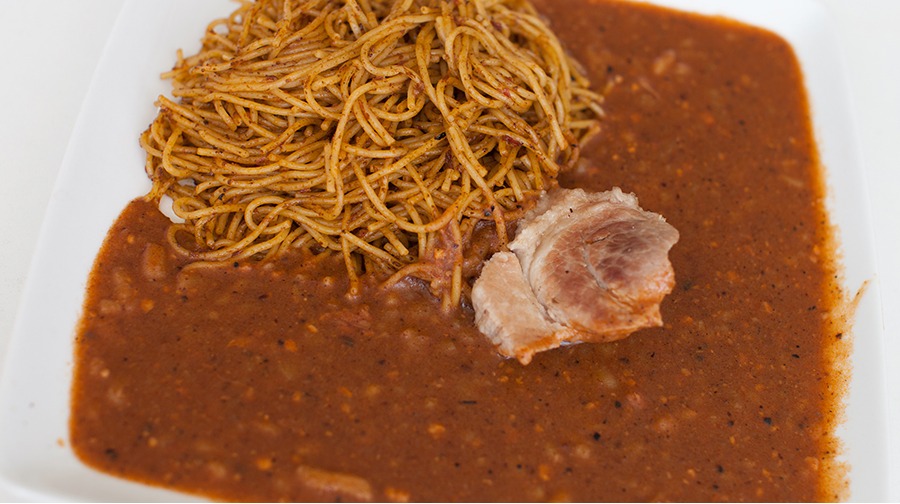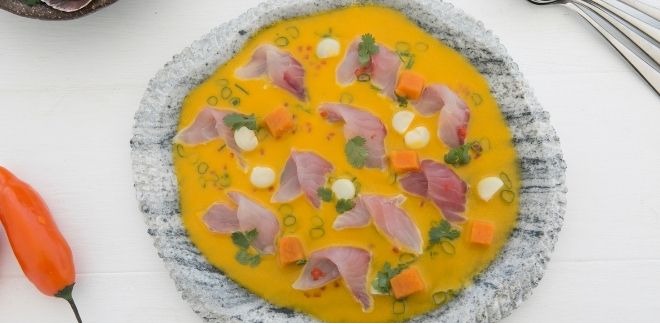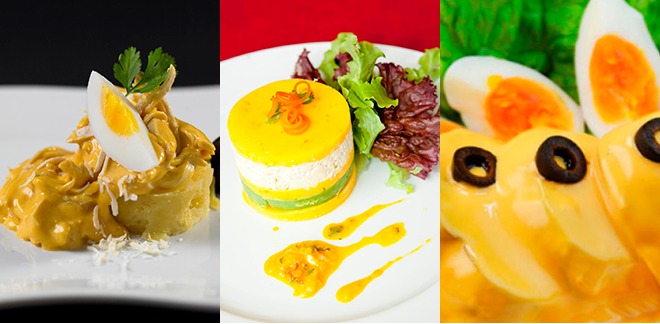Carapulcra, one of the oldest and most delicious dishes in Peruvian cuisine
Síguenos en:Google News
The history of Peru is also told through its cuisine. The choice of ingredients, the mixture of spices and the cooking techniques chosen have been key pieces in reconstructing – and understanding – the dynamics, lifestyles, and origins of the Peruvians of old.
Carapulcra, for example, is one of those dishes that takes us back to colonial times. And maybe long before that. This Creole dish, made with meat, chili and of course, its star ingredient: the dried potato. It is often prepared for large family celebrations or Sunday meals, and was formerly eaten during popular festivals.
A taste of history
According to the historical records, its preparation became known during the 17th century, and was part of the then precarious menu eaten by the slaves. However, it was during the first half of the 19th century that middle-class families began serving it at their table, after first rejecting it because of its peculiar appearance.
It is worth noting that the writer Ricardo Palma referred to carapulcra in one of the pages of his book Tradiciones Peruanas (Peruvian Traditions), in which he highlights it as a dish served during the religious feast for the reconciled. In his book, he also mentions other Creole dishes of Peruvian origin, among them carne en adobo, pepián and locro de patita.
However, the origin of carapulcra – initially called Kalapurca, which in Quechua means "stew made on hot stones" – goes further back. The Incas were the architects of its preparation, and it used to be prepared in an even more artisanal way than the version known today: consisting basically of llama or alpaca meat and dried potato cooked in a pot.
Over the years, during the time of Spanish rule, carapulcra underwent a few changes: lamini meat was replaced with chicken or pork and two important accompaniments were added, rice and yucca. This fact makes it one of the oldest and most delicious Peruvian dishes in history.
About the dried potato
This dish would not be the same without its main ingredient: the dried potato, which is simply – as its name suggests – a potato peeled and dried in the open. In the highlands, in order for it to take on that distinctive flavor and grayish color, it is left out in the open, while in northern Peru, it is placed inside a hole dug almost a meter deep.
This drying technique originated in the Inca era and the potatoes were subsequently cut into pieces and boiled to serve as a base for robust soups.
Variations
The illustrious César Coloma, who dedicated himself to studying this stew in depth, found that it also has African influence. Slaves brought from this continent to work in the cotton fields, located south of Lima, created another delicious version of carapulcra, which today we all know as dry soup. In this stew, the small pieces of meat become generous portions and the rice is replaced by succulent seasoned noodles.
The city of Chincha is one of the homes of this delicious fusion. Here, it is also known as a manchapecho. It is mainly made for regional holidays using firewood and clay pots. Accompanied, of course, by local wine. It is also served traditional weddings in that southern region.
The added touch
For renowned Peruvian chef Gastón Acurio, the secret to making the stew stand out is to add a piece of chocolate with peanuts.
Sources: El Comercio/ RPP/ TV Perú/Derrama Magisterial/ Publimetro/ Agroline/ Instituto Nacional de Cultura







